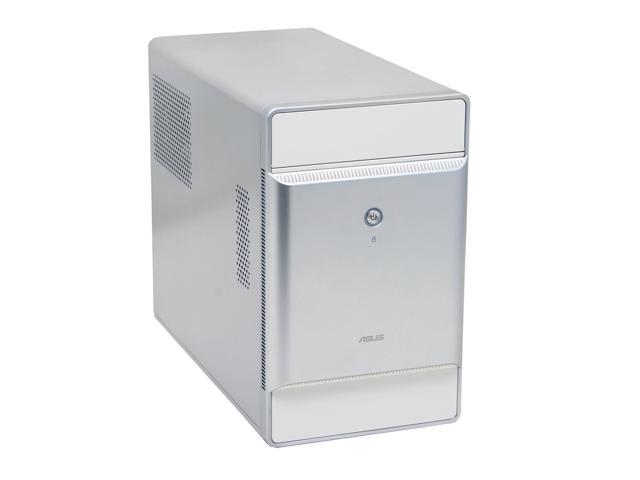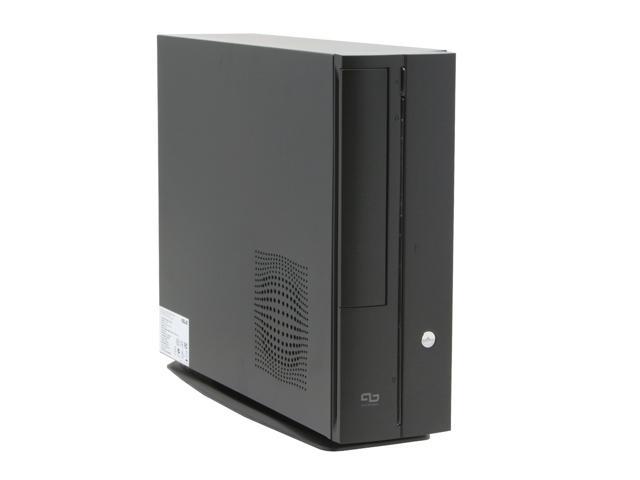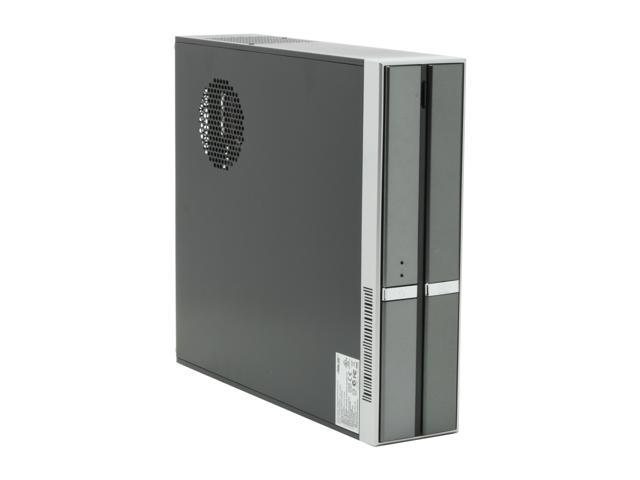If you're dead-set on a small-form-factor barebones PC, the current line-up of processors provide a little bit of future proofing. Today's SSF barebones PC contenders seem to be ASUS, MSI, and Shuttle for the most part. There are others of course, but these are currently the most widely available.
There are a few I kind of like and with an AMD AM2 socket or Intel LGA775 socket (with a chipset for the core CPUs, like core 2 duo or quad core processors, rather than the old P4 and D units) motherboard you can run them fast and hot now with a powerful processor and then when that fast and hot turns into slow and hot in a few years, you can swap in a low wattage CPU like the AMD Athlon/Sempron LE with their 45 watt TDP or the Intel Conroe-L Celeron with its 35 watt TDP. With a processor from one of these lines you can drop the power consumption down to around 50 watts or so and be fairly comfortable using it as a file server or something else that runs around the clock in the background. Somehow I doubt these barebones come with truly tweak-able BIOSes but if so, you could potentially undervolt the processor even further and see a box with a Conroe-L Celeron (420/430/440) get down to 40 watts or so. Add an eSATA controller card and you can pair it with an external hard drive box and make a reasonable file/media server.
Sadly, I haven't really noticed anything new in the the SFF department recently. Shuttle has kept up with the development curve fairly well but makes a pretty formulaic box. The rigs I see on offer from MSI and ASUS are the same ones that have been around for the last couple of years.
In terms of making purchasing decisions, I'd probably go with a motherboard with decent on-board video capabilities. The AM2 socket and Nvidia chipset with GeForce 6150 make for a solid choice and provide DVI and VGA dual monitor support. The more powerful integrated graphics route will let you run the box cooler, less cramped, and yet still be relevant. If your idea is to end up with a headless box for server purposes then the graphics chipset doesn't really matter and the weaker graphics processing unit might cut down on power consumption. Low-end video cards are pretty cheap too and still out-perform the IGP unit so you can be fairly well served with a low-profile Nvidia 8400 GT or ATI 2400 XT.
There are a few barebones I kind of like - namely the ASUS T3, P1, and P3.

I actually prefer the ASUS T3 in black, but it's only listed in old, weak Intel garb at newegg and the pictures are difficult to make out. The AM2 socket ASUS T3 offers DVI and dual monitor support out of the box. I have used the Nvidia GeForce 6150 for an HTPC build I put together last year. The latest Nvidia drivers really bet a lot of milage out of the 6150 IGP setup, that HTPC has both a 720p LCD HDTV and a 22" LCD monitor (1680x1050) connected and runs HD from a PCI tuner pulling in over-the-air HD without much issue. The P3 also has an onboard eSATA port on the rear I/O panel, which is a big plus for storage expansion.

The ASUS P1 can be had with a similar AM2 socket motherboard with the 6150 on-board video including DVI and dual monitor capability. It's very similar to the T3's motherboard offering but lacks the eSATA. Both the T3 and P1 have only two expansion card slots but they are full height.

The P3 is similar to the P1 but a little more professional looking and with four low-profile expansion slots rather than 2 full-height like the P3 it has a bit more expandability. I find the shuttle stuff a bit over-priced and the current line-up of MSI stuff a little bland. And watch out for anything that doesn't have a gigabit LAN port.
I think I've made it clear, I'd personally avoid these little boxes with their non-standard motherboards. That said, there are some interesting little boxes out there these days and they're much more capable and versatile than mine has ever been.
No comments:
Post a Comment